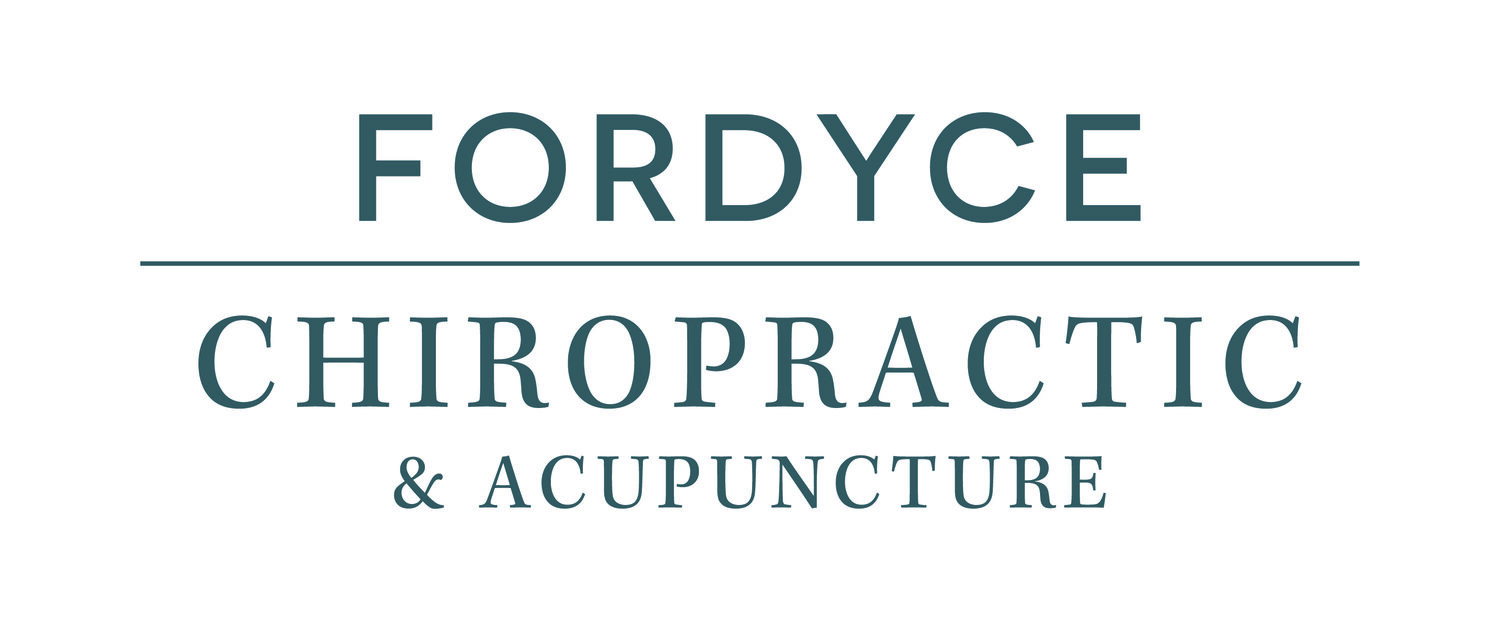Can a Chiropractor Help with Vertigo?
Vertigo is a common yet distressing condition that causes dizziness, imbalance, and a spinning sensation. It can interfere with daily activities and significantly impact quality of life. Many people suffering from vertigo seek treatment through medication or physical therapy, but an increasing number are turning to chiropractic care as a natural alternative. But can a chiropractor really help with vertigo? The answer is yes—chiropractic treatment can be effective for certain types of vertigo, particularly those related to misalignments in the spine or issues within the inner ear.
Understanding Vertigo: Causes and Symptoms
Vertigo is not a condition itself but rather a symptom of an underlying issue. It is most commonly associated with problems in the vestibular system, which controls balance and spatial orientation. The most frequent causes of vertigo include:
Benign Paroxysmal Positional Vertigo (BPPV) – Caused by small calcium particles (canaliths) shifting in the inner ear.
Vestibular Neuritis or Labyrinthitis – Inflammation of the inner ear due to viral infections.
Meniere’s Disease – A disorder of the inner ear that leads to vertigo, tinnitus, and hearing loss.
Cervicogenic Vertigo – Caused by misalignments or dysfunctions in the cervical spine.
How Can a Chiropractor Help with Vertigo?
Chiropractic care focuses on restoring proper alignment in the spine and nervous system, which can influence balance and coordination. Chiropractors use non-invasive, drug-free techniques to help reduce vertigo symptoms by addressing the root cause. Here’s how chiropractic treatment can assist with vertigo:
1. Spinal Adjustments for Cervicogenic Vertigo
When the cervical spine (neck) is misaligned, it can put pressure on the nerves and affect balance signals sent to the brain. Chiropractors perform gentle spinal adjustments to restore proper alignment, relieving pressure on the nervous system and reducing dizziness associated with cervicogenic vertigo.
2. The Epley Maneuver for BPPV
For patients suffering from BPPV, chiropractors can perform the Epley maneuver, a series of head and body movements that help reposition displaced calcium deposits in the inner ear. This simple yet highly effective technique can significantly reduce vertigo symptoms in minutes by restoring proper fluid balance in the vestibular system.
3. Vestibular Rehabilitation Exercises
Chiropractors often recommend specific exercises to strengthen the vestibular system and improve balance. These may include:
Gaze stabilization exercises to help the brain adapt to vertigo sensations.
Head and eye coordination drills to improve focus and balance.
Postural training to enhance body awareness and reduce dizziness.
4. Massage Therapy for Muscle Tension
Tension in the neck and upper back can contribute to dizziness and imbalance. Chiropractic care often incorporates massage therapy and myofascial release techniques to relieve muscle tightness, improve circulation, and reduce vertigo symptoms.
5. Lifestyle and Nutritional Recommendations
Chiropractors take a holistic approach to health and may suggest dietary changes to reduce inflammation and support nervous system function. For example:
Reducing sodium intake can help patients with Meniere’s disease by preventing fluid buildup in the inner ear.
Staying hydrated to maintain proper blood flow and balance.
Incorporating anti-inflammatory foods such as leafy greens, turmeric, and omega-3-rich foods to support brain health.
What to Expect During a Chiropractic Visit for Vertigo
If you seek chiropractic care for vertigo, your treatment will typically begin with a comprehensive assessment, including:
A review of your medical history and vertigo symptoms.
A physical examination, focusing on posture, spinal alignment, and vestibular function.
Specialized tests to determine whether your vertigo is caused by inner ear dysfunction, cervical misalignment, or nervous system issues.
Once a chiropractor identifies the root cause of your vertigo, they will develop a personalized treatment plan, which may include spinal adjustments, repositioning maneuvers, and vestibular rehabilitation exercises.
How Effective Is Chiropractic Treatment for Vertigo?
Research and patient testimonials suggest that chiropractic care can be highly effective for certain types of vertigo, particularly cervicogenic vertigo and BPPV. Studies have shown that:
The Epley maneuver can provide relief in up to 80% of BPPV cases.
Spinal adjustments have helped many patients with cervicogenic vertigo experience reduced dizziness and improved balance.
Holistic approaches, including posture correction and lifestyle changes, have been beneficial for long-term vertigo management.
When to See a Chiropractor for Vertigo
If you experience frequent dizziness, imbalance, or vertigo episodes, you may benefit from chiropractic care. Consider seeing a chiropractor if:
Your vertigo is accompanied by neck pain or stiffness.
You have trouble maintaining balance.
You suspect BPPV and need repositioning maneuvers.
Traditional treatments, such as medication, have not provided relief.
However, if your vertigo is associated with severe neurological symptoms, such as slurred speech, weakness, or loss of consciousness, seek immediate medical attention.
Final Thoughts
Chiropractic care can be an effective, natural approach to managing vertigo, particularly when caused by cervical misalignments or inner ear issues. Through spinal adjustments, repositioning techniques, and vestibular rehabilitation exercises, chiropractors help patients restore balance and reduce dizziness without relying on medications.
If you’re struggling with vertigo, consulting a chiropractor in West Des Moines could be the first step toward finding long-term relief. By addressing the root cause of your symptoms and providing holistic care, chiropractic treatment offers a safe and non-invasive alternative for those seeking to regain stability and improve their quality of life.


